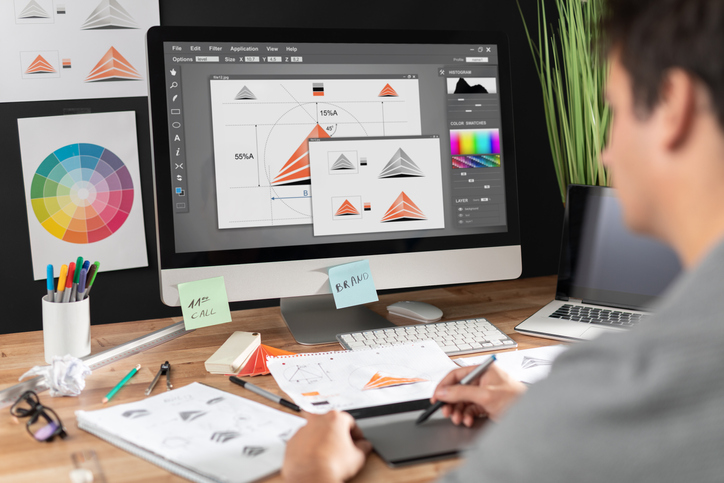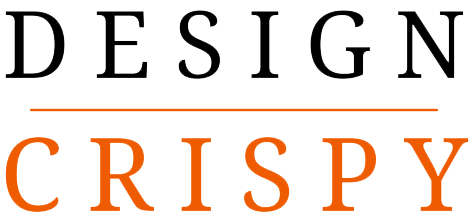Digital design and graphic design are often used interchangeably, but they are actually two distinct fields with their own set of tools, techniques, and applications. In this article, we will explore the differences between digital design and graphic design, and look at how these two fields intersect and overlap.
Graphic Design: An Overview
Graphic design is a field that involves the creation of visual elements, such as images, graphics, and typography, for print and digital media. Graphic designers use a variety of tools and techniques, including software programs such as Adobe Photoshop and Illustrator, to create and manipulate visual elements and layout designs for print and digital media.
Graphic design is a broad field that encompasses a wide range of disciplines, including print design, packaging design, branding and identity design, and more. Graphic designers work in a variety of industries, including advertising, marketing, media, and more, and they are responsible for creating visual elements that effectively communicate ideas and messages to audiences.

Digital Design: An Overview
Digital design is a field that involves the creation of visual and interactive designs using digital tools and technologies. Digital designers use a variety of software programs and techniques to create visual elements, layouts, and interactive features for websites, apps, games, and other digital products.
Digital design is a broad field that encompasses a wide range of disciplines, including graphic design, web design, user interface design, and more. Digital designers work in a variety of industries, including advertising, marketing, media, and more, and they are responsible for creating designs that are visually appealing, user-friendly, and effective at communicating ideas and messages to audiences.
Digital Design vs Graphic Design: Key Differences
While there are some overlaps between digital design and graphic design, there are also some key differences between these two fields. Some of the key differences between digital design and graphic design include:
- Scope: Digital design is a broader field that encompasses a wider range of disciplines and applications, while graphic design is more focused on creating visual elements for print and digital media. Digital designers may work on a variety of projects, including websites, apps, games, and other interactive products, while graphic designers may focus more specifically on print materials such as brochures, posters, and packaging.
- Tools and techniques: Digital designers use a wider range of tools and techniques, including software programs for web design, user interface design, and animation and multimedia. Graphic designers, on the other hand, tend to focus more on graphic design software such as Photoshop and Illustrator.
- Focus: Digital design tends to focus more on creating interactive and dynamic designs that engage users, while graphic design tends to focus more on creating static and visual elements that communicate ideas and messages. Digital designers may be responsible for creating designs that are responsive and adaptable to different devices and screen sizes, while graphic designers may focus more on creating designs that are consistent and cohesive across different mediums.

Digital Design vs Graphic Design: Key Similarities
While there are some key differences between digital design and graphic design, there are also some important similarities between these two fields. Some of the key similarities between digital design and graphic design include:
- Creativity: Both digital design and graphic design involve a high level of creativity, as designers must come up with ideas and concepts that are visually appealing and effective at communicating ideas and messages.
- Attention to detail: Both digital design and graphic design require a high level of attention to detail, as designers must ensure that their designs are visually consistent and cohesive, and that they meet the needs and expectations of their clients and audiences.
- Adaptability: Both digital design and graphic design involve working with a wide range of clients and projects, and designers must be able to adapt to different styles, brands, and goals. Designers must also be able to stay up-to-date with the latest trends and technologies in their fields, and be willing to learn and adapt to new tools and techniques as needed.
Conclusion
In conclusion, digital design and graphic design are two distinct fields with their own set of tools, techniques, and applications. While there are some overlaps between these two fields, there are also some key differences, including the scope of the work, the tools and techniques used, and the focus of the designs. Both digital design and graphic design involve a high level of creativity, attention to detail, and adaptability, and both are critical aspects of many industries, including advertising, marketing, and media. Overall, digital design and graphic design are both important and in-demand fields that offer a wide range of career opportunities for creative professionals.

